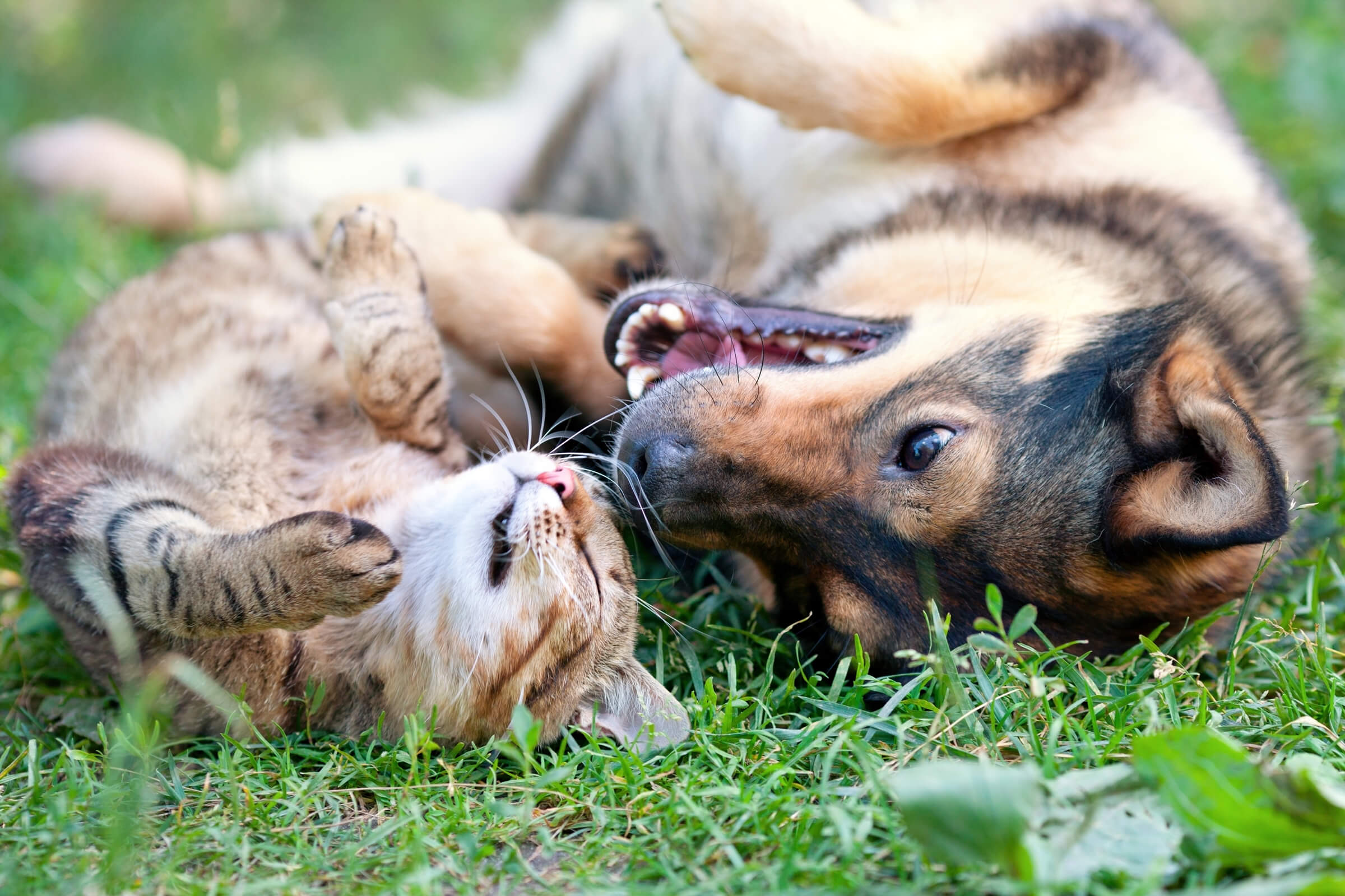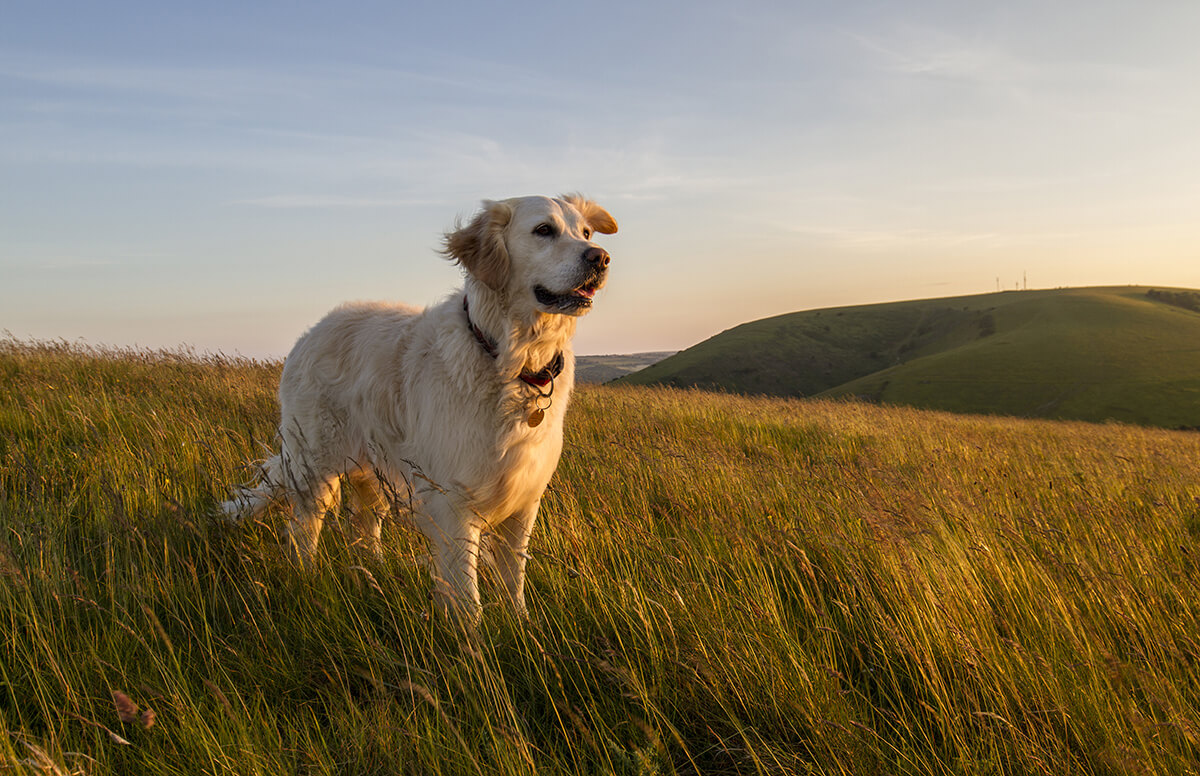
 Menu
Menu
Fracture repair

What is a fracture?
A fracture is a break in the bone and this can occur anywhere in the body from head to toe. Fractures can be simple (if there is only two pieces) or comminuted (when the bone shatters). These fractures can remain within the skin and soft tissues, so called closed fractures or when there is significant trauma the bones can protrude outside the skin and these are called open fractures. Fractures can affect any part of the bone. If they affect the joint they are called articular fractures. The most common type of fracture is one that affects the main shaft of the bone a so called diaphyseal fracture. In young patients, growth plates (physes) are areas of cartilage from where the bone grows, which can become fractured. This group of fractures are graded using the Salter Harris classification.
Most fractures are as a result of trauma such as a road traffic accident or fall but some can result from repetitive strain and these can be termed stress fractures. The latter type is less common in veterinary patients.
How is a fracture treated?
Fracture management depends on many factors including but not exclusively
- Patient species
- Patient size
- Patient age
- Patient body condition
- Patient activity
- Owner compliance (the ability to look after a patient after repair)
Some fractures can be managed with strict rest alone. On occasions, we will use external splinting to treat a fracture but this is only applicable in a small number of cases. Splints and dressings can cause significant soft tissue damage and are not as well tolerated by veterinary patients as they are in humans. However, many fractures require surgery, which can lead to a more rapid and predictable recovery.
Techniques
- Internal fixation
- Bone plates and screws
- Pins
- Wire
- External skeletal fixation
- Linear fixators with straight connecting bars
- Circular fixators with circular, horseshoe or arced connecting bars
- Minimally invasive osteosynthesis
- Fluoroscopy (moving x-ray) is used to aid the positioning of implants and repair can be achieved through smaller incisions.
What is the outcome after fracture repair?
The outcome is dependent on many factors. The type of fracture and its cause play a significant part in the outcome. The location of the fracture influences recovery, as a fracture of the joint will have more impact on the future due to osteoarthritis development than one affecting the shaft of the bone. Complications can affect outcome and some fractures are more prone to complications than others. Overall the outlook for most fractures is favourable and our surgeons will discuss the potential issues associated with surgery along with the multiple benefits. Our aim is to return patients to normal or as near normal function as possible wherever we can.
Stay in touch
Follow us on social media and keep up to date with all the latest news from the MVS clinic.



